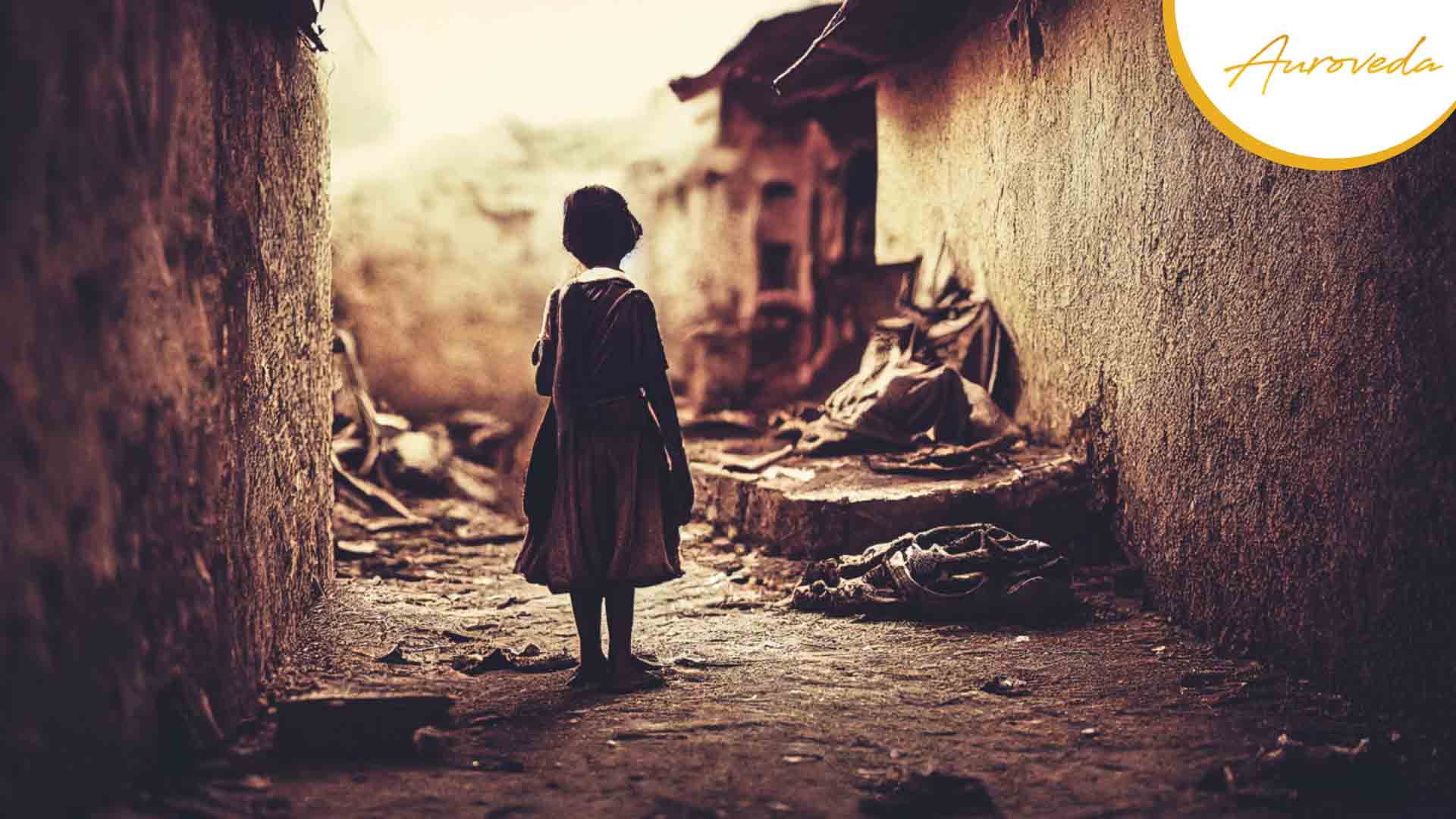As per the biennial Poverty and Shared Prosperity Report, it is believed that about 9.1-9.4% of the world’s population is living in extreme poverty. Their per-day living is about $1.90 a day, which is quite concerning.
What is even sadder is that such extreme poverty is observed throughout the world. This means it’s not just limited to developing and undeveloped countries but also developed economies.
With such statistics, poverty remains one of the greatest global concerns of our generation, despite there being several ways to tackle poverty. There are several countries that are still living below the poverty line which often attributes to this cause. Let’s learn about them in more detail.
1. Chad
With 87% of its population living below the poverty line, Chad is one of the poorest countries in the world. It is a landlocked nation in Africa that has struggled to find its footing ever since its independence from France.
The reason behind their situation is economic misfortunes, climatic variations, and even poor public services. The poverty rate of Chad is 42%, with millions of people in the country suffering from the lack of modern medicine. That is why, as humanitarians, we should provide donations that will improve the health programs for the underprivileged and give them the gift of health.
About 210,000 people in Chad live with HIV (2015). Several deaths and new cases of the same are reported every year. Similarly, the education rate of children in Chad is also very low.
2. Haiti
It’s quite sad to include Haiti in this list as they were doing pretty well before independence. The country had a good economy earlier, but a lot of things created hindrances in their journey of progress.
One of the main reasons behind Haiti’s poverty is its government’s instability. In just the past 30 years, they have had 18 leaders and 18 different governments take over the administration.
While many officials have taken advantage of this situation, it has become a downfall for the common people of Haiti. The national poverty rate of Haiti is 58.6%, and the extreme poverty rate is 24.7%.
3. Liberia
Around 54% of the citizens in Liberia are living under the poverty line. The reason behind their poverty is corruption and government conflict. In addition to this, they have failed to utilize their natural resources well, contributing to more economic crises.
As many children were forced to fight wars earlier, Liberian children were unable to adjust back and return to normal life. This has in turn contributed to their poverty.
4. The Democratic Republic of the Congo
About 73% of the people in DRC live in extreme poverty. With a vast population of nearly 80 million people, the poor infrastructure and government lead to poverty and disease in the country. The reasons behind this situation in DRC include microfinance in rural areas, lower agricultural productivity, and poor transport conditions (causing higher costs).
DRC is one of the five poorest nations worldwide. In the year 2018, about 73% of Congolese lead their life on $1.90 daily. It is also believed that one in six people living in extreme poverty in Sub-Saharan Africa is from DRC.
5. Sierra Leone
In Sierra Leone, the poverty rate in rural areas is double that of urban areas (73.9% in comparison to the latter’s 34.8%). In fact, the life expectancy in the country is 39 years for men and 42 for women because of premature deaths. The reason behind such deaths is malnutrition, inadequate sanitation, and limited drinking water.
Approximately 60% of the population in Sierra Leone is living below the national poverty line. Around 70% of the youth (15-35 years of age) are unemployed or underemployed.
Experts think that the reason behind such a condition of the country is corruption, lack of education system, poor infrastructure, and no civil rights. All these factors make it tough to combat poverty in the country.
While India’s poverty line is not as much as the ones stated above, it still does come under the radar. It is important to do whatever we can to help such countries in need.

